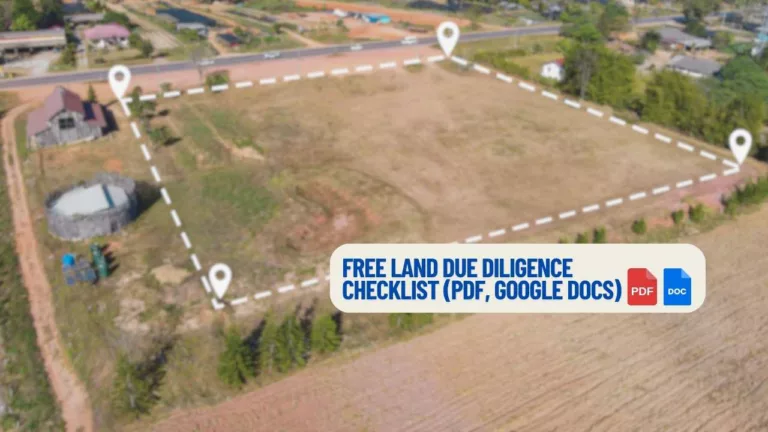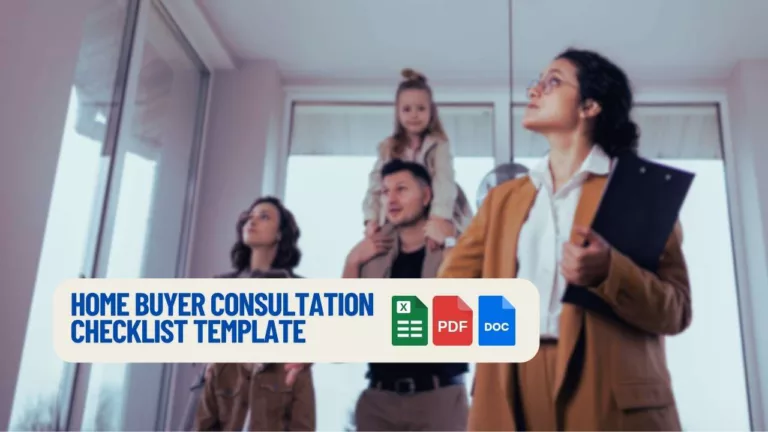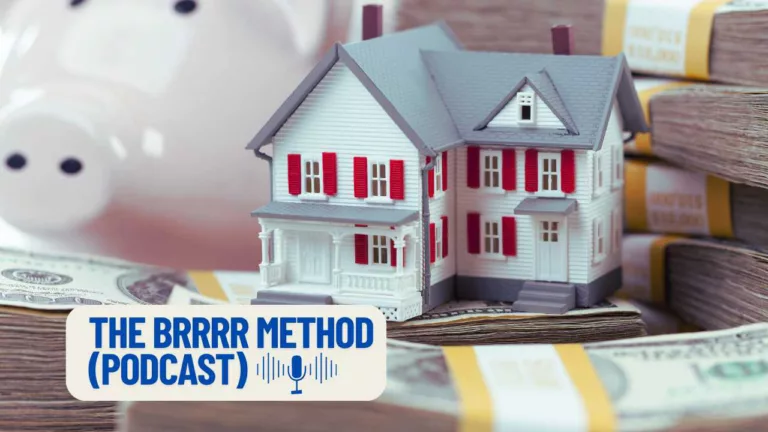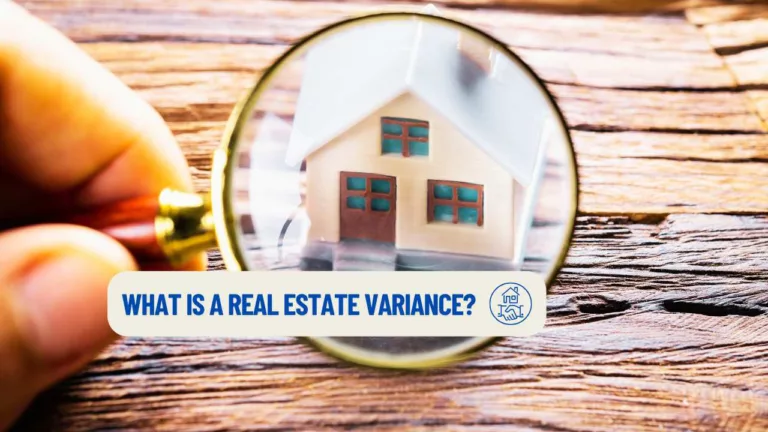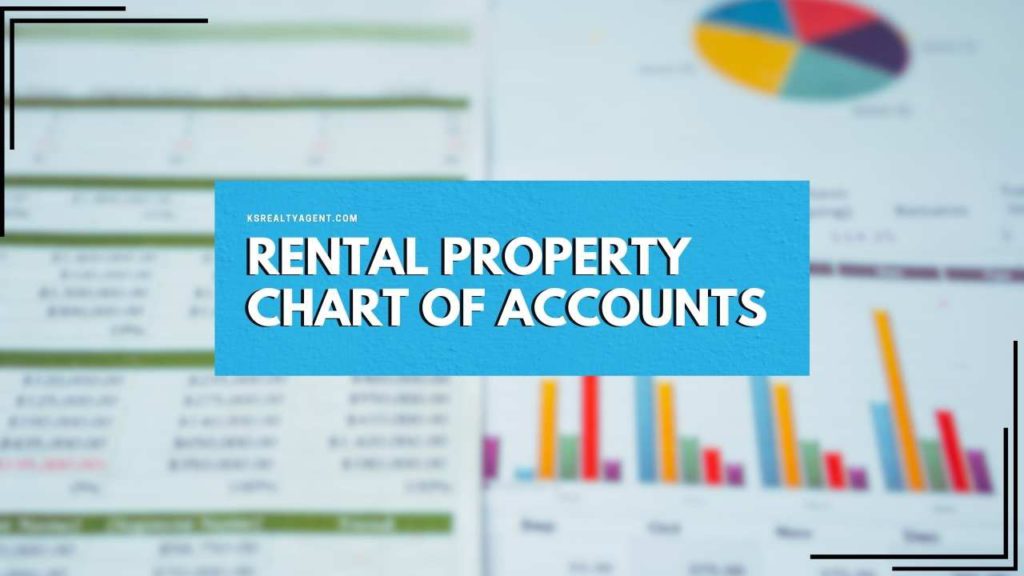
(Updated June 2025)

Managing rental properties involves keeping accurate financial records, and that’s where a reliable chart of accounts becomes essential. I’m excited to offer you the chance to download our free chart of accounts for property managers in the real estate business, available in both Excel and PDF formats.
Every property management company should keep track of rental income so real estate investors can easily assess profitability and make well-informed decisions. A good rental property chart helps you organize your property management fees, property taxes, and other expenses to maintain clarity in your financial transactions.
Any successful property management business needs their rental properties to generate consistent financial reports for real estate investments. With the right accounting system, tracking your accumulated depreciation, income statement, and overall cash flow becomes much more manageable.
You rental property’s financial health can be tracked efficiently through a comprehensive property management chart that simplifies organization and improves decision-making.
Download a Free Real Estate Chart of Accounts (Excel)
Rental Property Chart of Accounts Sample
This account chart serves as a well-structured chart designed to help rental property owners and managers effectively track and categorize financial transactions related to their rental property business. A chart of accounts is a comprehensive listing of all the financial accounts in a business, organized in a way that makes tracking income, expenses, assets, liabilities, and equity seamless.
I think using a rental property chart of accounts template spreadsheet helps me keep every detail in one place. In my opinion a clear chart of accounts gives me confidence in tracking my rental properties. For me, I rely on a well-organized spreadsheet for a rental property chart of accounts to guide my financial decisions.
Assets
I have found that listing assets first gives me a solid overview of what I own. The bank accounts track the funds in my business savings and checking accounts.The accounts receivable record rent payments tenants still owe me. Property logs the value of each single family home I own. The security deposits show tenant money I hold to return later. I also track the accumulated depreciation captures total wear and tear on my homes over time.
Liabilities
I think you will agree that liabilities show what I owe and balance my assets.
- Mortgage Accounts list loans on my rental properties
- Accounts Payable include bills and expenses I must pay soon
- Security Deposit Liability tracks refundable deposits owed to tenants
Equity
I like how the equity tells me how much I truly own after debts. The owner’s equity measures my initial investment plus profits I reinvest. The retained earnings record profits I keep in the business after distributions.
Revenue
I have found that revenue is the heart of my real estate investing. I like to us rental income logs for every rent payment I receive. The late fees capture extra charges for overdue rent payments
Expenses
For me detailing expenses protects my profits.
- Property Management Fees record payments to my manager or management company
- Property Taxes note annual taxes on each rental property
- Maintenance Expenses log repair costs and general upkeep
- Utilities track charges for water electricity and other services
- Insurance records premiums for property and liability coverage
- Interest Expense records interest paid on mortgages and other loans
I think you will find that this approach streamlines tax preparation and improves decision making by showing exactly where your money is coming from and going to.
Please, do not forget that this template is for informational purposes only and I recommend you consult a legal or financial professional before you finalize your own chart of accounts. Check out all of our other real estate templates.
How to Use a Rental Property Chart of Accounts Effectively
A Rental Property Chart of Accounts is a key tool for financial record keeping, helping you maintain accuracy and organize your financial data. Below, you’ll learn how to efficiently set it up and use it.
| Category | Description | Examples |
|---|---|---|
| Assets | Resources owned by the business that add value. | Bank accounts, savings accounts, accounts receivable, property value, net asset value. |
| Liabilities | Amounts owed by the business. | Mortgage accounts, mortgage payment, accounts payable, security deposits liabilities. |
| Equity | Reflects the owner’s stake in the property business, including investments and retained earnings. | Owner contributions, retained earnings, equity accounts. |
| Revenue | Income generated through operations. | Rent collections (rental income), revenue accounts, late fees, parking fees, leasing fees. |
| Expenses | Costs incurred to run the business effectively. | Property taxes, insurance, interest, property maintenance, depreciation expense, repair costs. |

Steps to Use Your Chart of Accounts
I’ve relied on a strong chart of accounts to safeguard my business’s financial health and keep my business operations running smoothly. Here’s how I put mine to work:
Categorize Every Transaction
When I log a new payment or bill, I assign it to the exact account it belongs in. Rental income gets tagged under revenue, repairs go to maintenance expenses, and I even use sub accounts for things like property loans and mortgage escrow accounts. That way, I never lose track of any payable outstanding bills.
Track Income And Expenses
Each week I update my chart with rent payments, property insurance coverage, and management fees. I also note earnings accumulated profits so my business equity stays clear. Reconciling against my business bank accounts makes it easy to spot any errors fast.
Prepare Financial Statements
With organized data, crafting an income statement feels effortless. Next, I pull together a balance sheet that reflects all assets, liabilities, and equity. Then a cash flow statement shows me exactly how cash flows in and out, so I can budget for upcoming property upkeep.
Maintain Accurate Records
I attach every receipt and invoice right in my spreadsheet entry. Reconciling regularly against bank statements means no transaction slips through the cracks. This habit keeps my payable outstanding bills in check and helps me juggle multiple property loans.
Analyze Financial Data
At the end of each month, I compare how my single family rentals perform versus multifamily units. Tracking multiple properties side by side helps me spot trends in rent, expenses, and maintenance. Those insights guide my next investing moves in the real estate market.
You can use these steps has given me confidence in my numbers and helped me grow my portfolio without surprises.
| Examples |
|---|
| Has property maintenance become a costly recurring issue? |
| Are single family rentals performing well compared to multifamily units? |
| Utilize insights to strategize future investments and address underperforming properties. |
Benefits for Real Estate Professionals
| Benefit | Description |
|---|---|
| Streamlines Financial Accounts | Ideal for many real estate investors and property managers, ensuring organized and accurate records. |
| Simplifies Tax Preparation | Eases tax preparation, accounts serves, and the stress of tax season with clear categories. |
| Enhances Financial Reporting | Facilitates reports like income statements, cash flow statements, and balance sheets, aiding in performance evaluations. |
| Supports Business Decisions | Offers clarity to make informed business decisions related to rents, renovation plans, and sales. |
I think using a property chart of accounts helps stabilize your operations within the real estate industry by focusing on accuracy, accountability, and sustained growth for your real estate business.

Join Our Real Estate Business Network
I’ve built my success and knowledge of expense accounts by leaning on a vibrant real estate business network, and I’d love for you to join us. We share real-world tips for logging every financial transaction and keeping your chart of accounts crystal clear. We even offer a ready-to-use rental property chart of accounts template spreadsheet that changed how I track rents, repairs, and returns.
You’ll see how we measure financial performance month after month and plan future investments with confidence. Our discussions dive into crafting balance sheets that reflect true business performance and reveal where to cut costs or reallocate capital. You can connect with experienced property managers who know how to streamline operations, handle maintenance across multiple sites, and protect your assets. Plus, we equip you with tools to simplify tax prep and build a sustainable, growth-focused strategy. I think you’ll find this network is the edge you need, especially around tax filing season. Come onboard today and elevate your real estate ventures.

Check Back For Updates
As a REALTOR®, I’m here to help you stay informed about all things property management and real estate.
Keeping tabs on your rental property company’s financial health is essential for long-term success. If it’s knowing your chart of accounts, managing tenant security deposits, or going through maintenance commissions, insurance, lease tracking, and liability accounts, then I aim to provide you with the tools, templates, and insights to streamline your operations.
Be sure to check back for updates as I share valuable tips and financial information to help you make the most of your investment. Together, we can make sure your properties grow, thrive, and make your financial goals come true, all while staying ahead of the curve.
About the Author

Joseph E. Stephenson, REALTOR®
License #00054082 | Kansas & Missouri
Affiliated with Welch & Company (License #CO00000477)
Joseph E. Stephenson is a licensed real estate professional in Kansas and Missouri with a career built on dedication to integrity and client-focused service. To learn more about how Joseph can assist you in your real estate endeavors, visit his REALTOR® profile at realtor.com.
Verify Joe’s Real Estate License Credentials
Real Estate Agent License VerificationVerify Joe’s Business Credentials
Joseph E. Stephenson also operates a business named Stephenson Residential, LLC. You can verify the business at the Kansas Secretary of State’s website.
Verify Business Credentials


